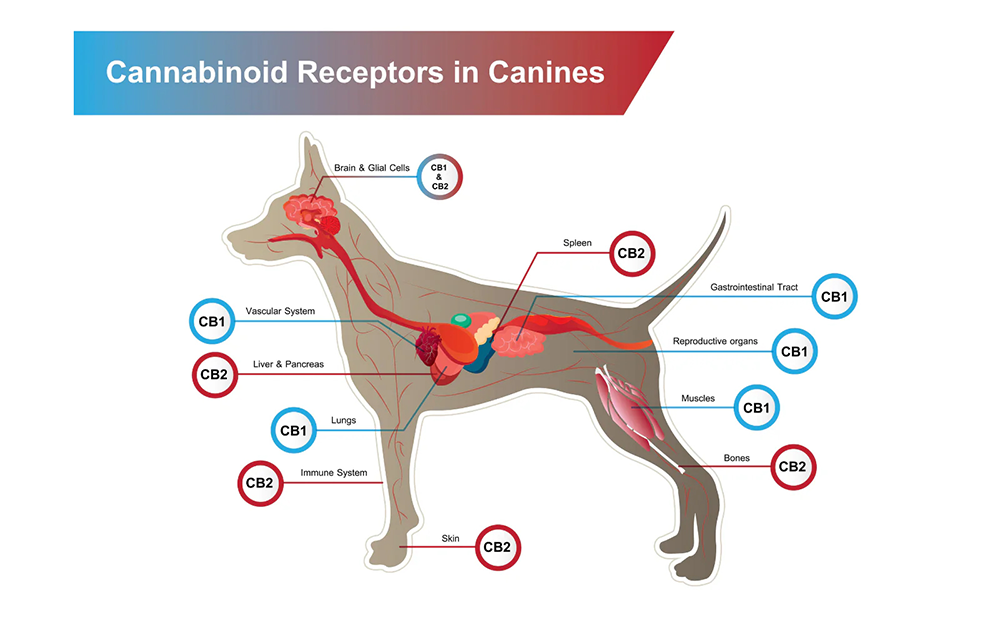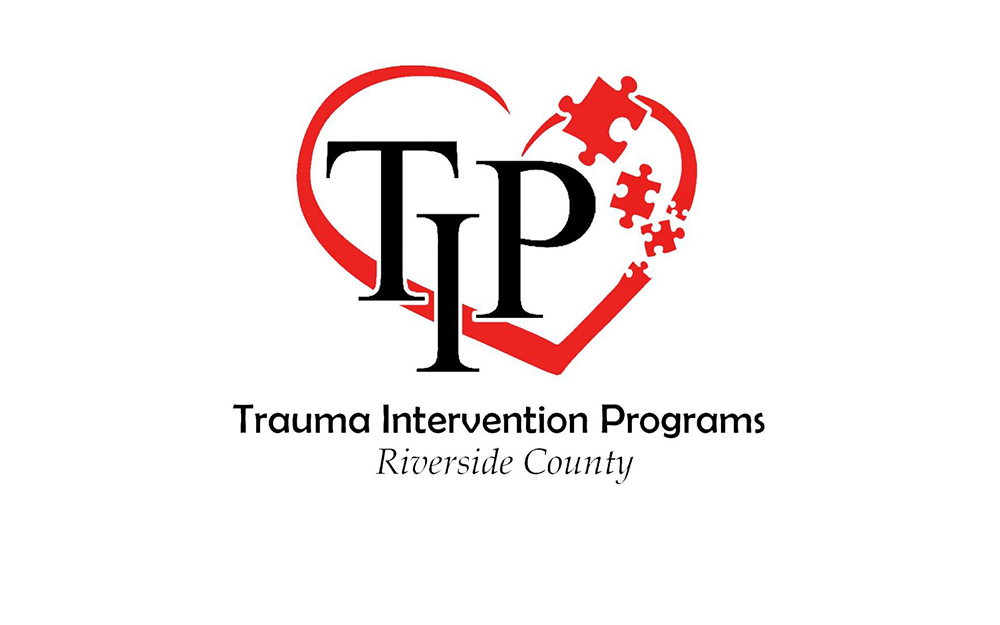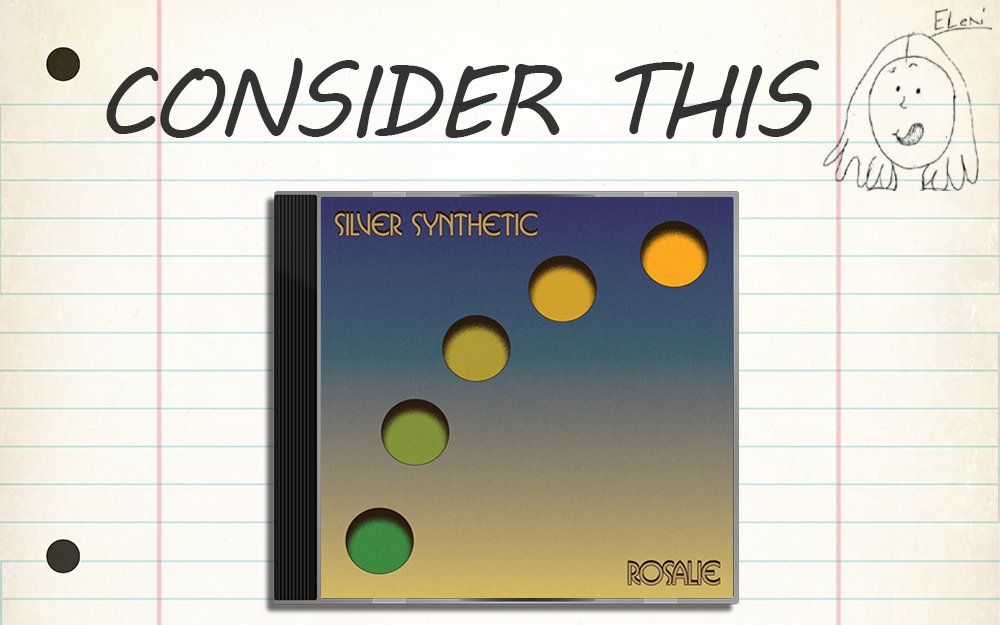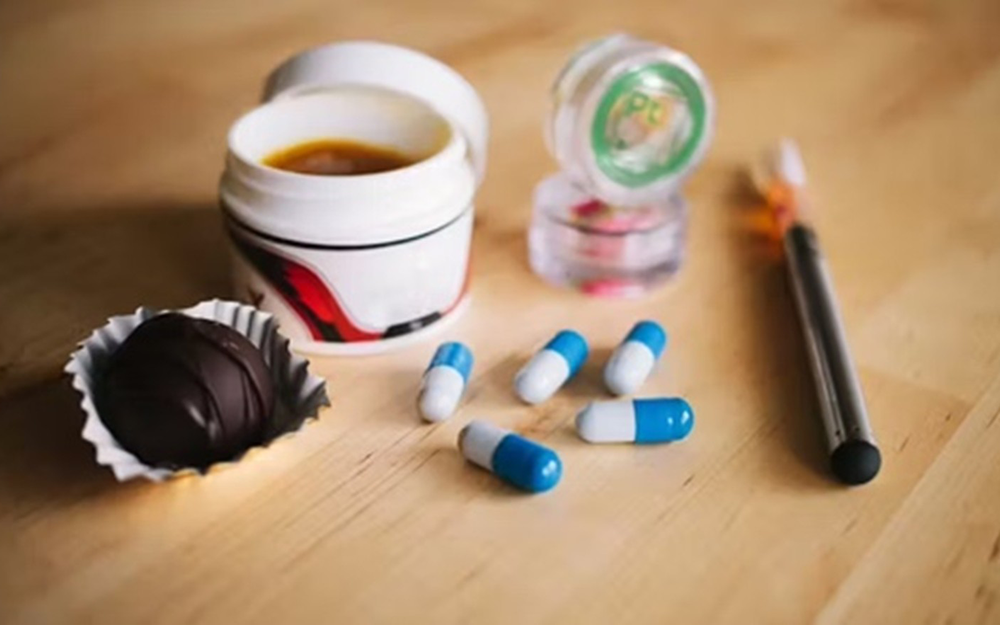
BY RUTH HILL R.N.
In the last five years, interest has grown in using plant cannabinoids, particularly cannabidiol (CBD), in veterinary medicine to treat several symptoms, including pain, epilepsy, anxiety, nausea, anorexia, skin lesions, and even some types of cancer. Indeed, due to a positive perception of CBD use, many pet owners are increasingly requesting this option to relieve their pets, and many veterinarians are exploring this possibility for their animals. Just like with humans, pets have endocannabinoid systems too.
The unheated acidic cannabinoids in hemp formulations are better absorbed and highly beneficial. Your pet will not have to consume a lot of carrier oil, which can cause digestive discomfort with concentrated Healer drops. As with any new supplement or medication, we recommend you consult your veterinarian before starting.
Besides the widespread empiric use of CBD in pets, the research tries to obtain proof of its efficacy and lack of adverse effects. CB1 and CB2 receptors work to keep pets’ health in check, from their brain to their paws. By understanding endocannabinoid receptors, we can utilize them for pets’ overall health.
Dogs have more cannabinoid receptors in their brains, which means the effects of cannabis are more dramatic and potentially more toxic when compared to humans. A small amount of cannabis is all it takes to cause toxicity in cats and dogs.
Endocannabinoid System in Pets
Diving deeper into how the endocannabinoid system (ECS) works in pets, we find it’s all about balance or homeostasis. Think of it as the body’s natural way of keeping everything in perfect harmony. When something’s off, like if your pet feels stressed or in discomfort, the ECS addresses the issue.
This system is about more than just responding to problems, though. It’s always active, helping regulate mood, sleep, and appetite. Whether a dog chasing a toy or a cat lounging in the sun, the ECS works behind the scenes. So, studying canines and felines could help find new ways to utilize the ECS in veterinary medicine.
THC-free CBD Products: Safety and Efficacy
One big concern for pet owners regarding CBD for their dogs and cats is safety. That’s where Δ9-tetrahydrocannabinol (THC)-free CBD products come in. These products offer the benefits of CBD without the risk of THC’s effects. Keep in mind that THC can be toxic to pets, even in small amounts.
Luckily, cannabis intoxication is seldom fatal. The average marijuana cigarette contains about 150 mg of THC. The minimum lethal oral dose of THC in pets is relatively high; however, after ingestion of foods containing highly concentrated cannabis, such as medical-grade THC, deaths occur. Fatalities were very rare until the development of medical-grade products.
Try using Healer Hemp Drops for pets! Whether supporting your pet’s pain, anxiety, seizures, behavioral issues, or overall wellness, this guide will ensure you use Healer products safely and effectively. One single drop of Healer Oil Drops ≈ 1 mg of cannabinoids.
Pet Usage Tips
Administer the drops based on your pet’s preference. Drop the oil directly into your pet’s mouth. Place drops on a spoon or your finger into your pet’s mouth if they allow it. Mix drops with a favorite treat, such as peanut butter, cream cheese, or yogurt, so it stays in your pet’s mouth longer to ensure sublingual absorption. Do not add drops to food or water because that will prevent optimal absorption. Separate the administration of hemp or cannabis products from most prescribed medications by 2 to 3 hours. Suggestions from Healer Drops: Frequency 2 or 3x per day (Cats may need 3x daily). Start with the following drops orally based on your pet’s weight:
1-10 lb: 1 drop
10-15 lb: 2 drops
16-25 lb: 3 drops
26-50 lb: 4 drops
50+ lb: 5 drops
Increase the dosage by the recommended drops per pound every 3 days until you notice a response. Double the number of drops if you add them to treats or foods. Go to Healer Hemp Pet Guide for a detailed chart of symptoms treated with hemp CBD.
Send comments to hilruth@gmail.com.









































